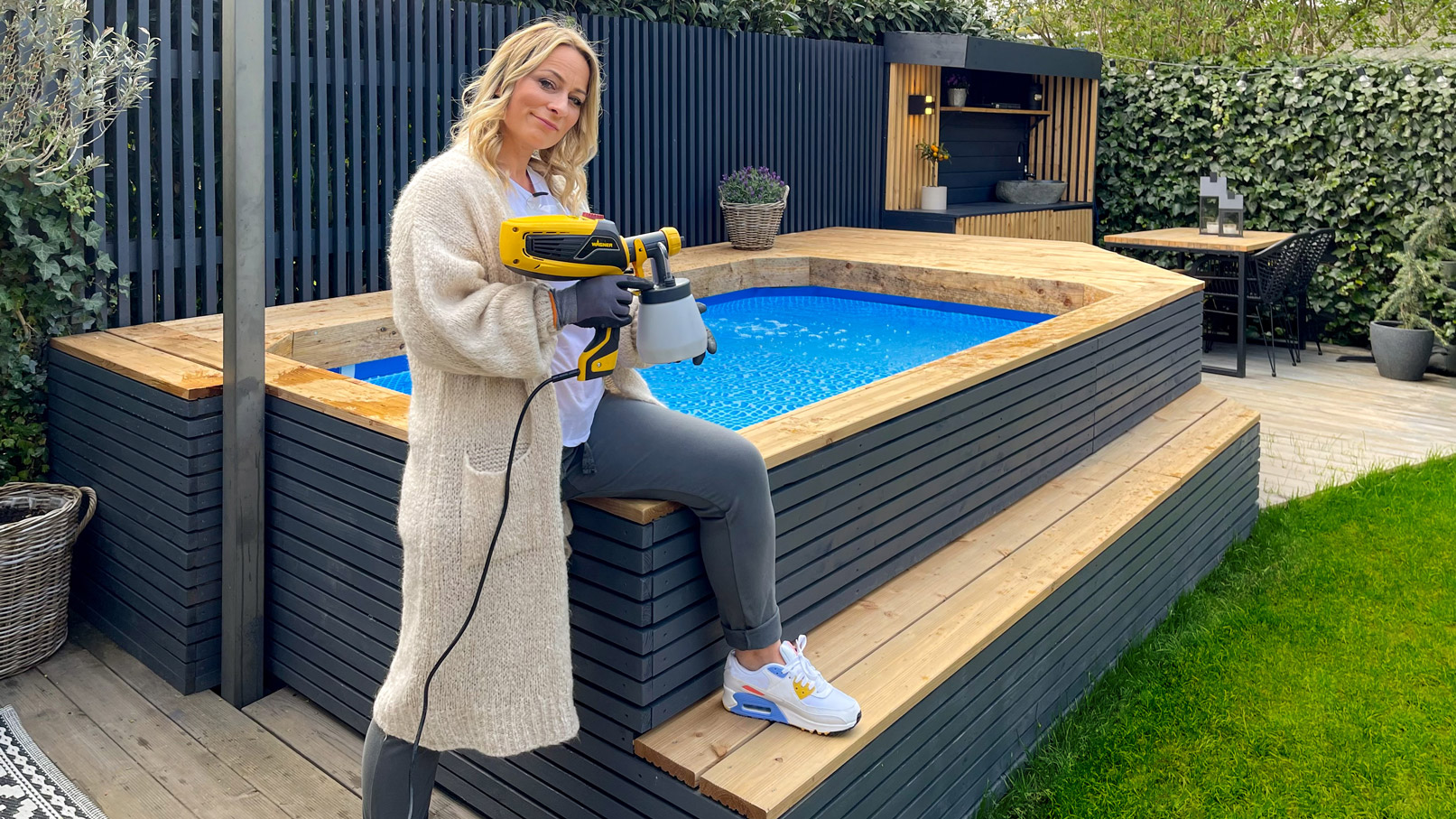Build your own pool surround - a holiday in your own garden
Your own pool right outside the patio door! A dream that can come true. Pop-up above ground garden pools have become a big seller in recent "hot" summers. No wonder, when the air is really crisp in the high season and the children are running around in the garden, cooling down becomes essential. However, visually the usually blue pop-up pools do not look good. A pool surround is a perfect way to make the garden ambience more harmonious and additionally provides a sitting and lying area directly by the pool. Let's go, build your own pool surround.






